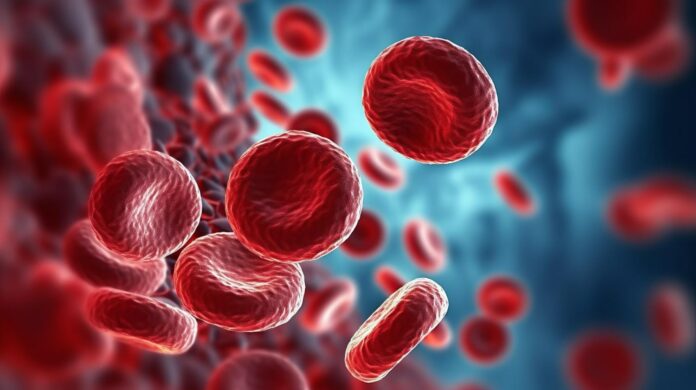Acute myeloid leukemia and its related cancers pose significant early diagnosis and treatment challenges. These conditions often present late-stage symptoms, making effective intervention difficult. This study aims to address this issue by creating a test to predict the risk of AML and related cancers in individuals, thereby enabling proactive medical strategies.
Researchers from the Wellcome-MRC Cambridge Stem Cell Institute, the University of Cambridge‘s Department of Haematology, and Instituto de Investigación Sanitaria del Principado de Asturias (ISPA) studied information from over 400,000 people in the UK Biobank.
Using this data, they made a tool called “MN-predict” to guess if someone might get blood cancers like acute myeloid leukemia, myelodysplastic syndromes, and myeloproliferative neoplasms in the next 10 to 15 years.
This test is now used in NHS clinics. People only need to give a little blood for a simple test that looks at their DNA and blood cell counts. With this information, MN-predict can say if someone is more likely to get these types of cancers. It’s used in special clinics to help prevent leukemia.
Professor George Vassiliou, the study’s senior author, said, “We all know that prevention is better than cure, but it is not easy to prevent diseases like leukemia without knowing who is at risk. MN-predict makes it possible to identify at-risk individuals, and we hope it can become an essential part of future leukemia prevention programs.”
Myeloid neoplasms are a group of cancers that include acute myeloid leukemia, myelodysplastic syndromes, and myeloproliferative neoplasms. Although treatments have gotten better, most cases still can’t be cured.
Scientists have discovered that these cancers develop over many years because of changes in the DNA of blood stem cells, which are responsible for making normal blood cells. These changes make the stem cells grow faster than they should, and as more changes happen, they can turn into leukemia.
Even though changes that make cells grow faster are shared, only a few cases lead to leukemia. Finding these cases early can help stop the cancers from forming. The findings have been shared in the Nature Genetics journal.
Dr. Muxin Gu, the person who wrote the paper, said, “We want MN-predict to help doctors find people who might get myeloid cancers. Then, they can use new treatments to stop the cancers from growing.”
Dr. Pedro M. Quiros, who also worked on the study, said, “Even though there have been some improvements in treating these cancers, they still cause much harm. We want our work to help prevent these cancers before they become serious.”
In conclusion, successfully developing a predictive test for identifying individuals at risk of acute myeloid leukemia and related cancers has the potential to revolutionize healthcare practices. Early detection through this test could lead to more timely interventions, improved patient outcomes, and a greater understanding of the genetic and biomarker factors contributing to the development of these conditions.
Journal Reference:
- Gu, M., Kovilakam, S.C., Dunn, W.G. et al. Multiparameter prediction of myeloid neoplasia risk. Nature Genetics. DOI: 10.1038/s41588-023-01472-1.
